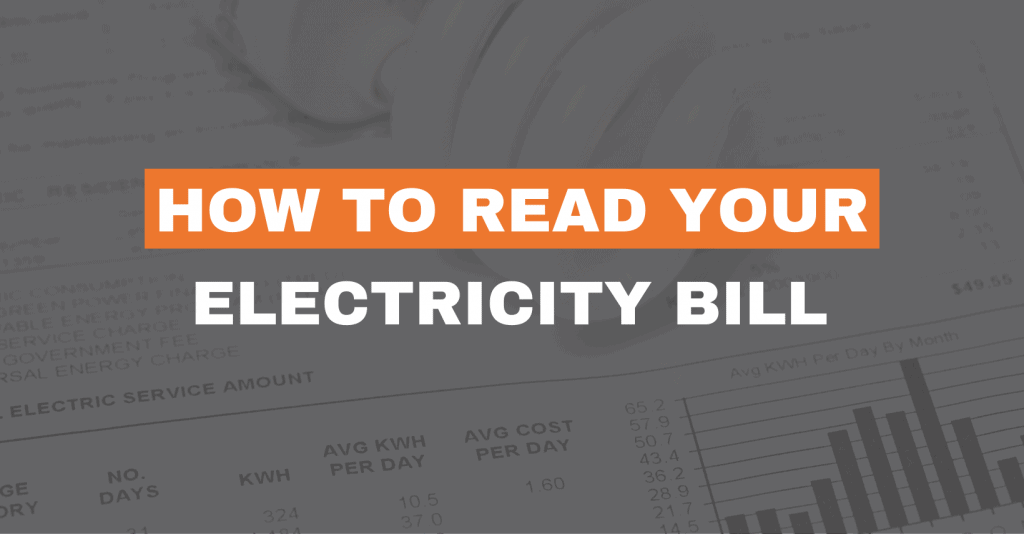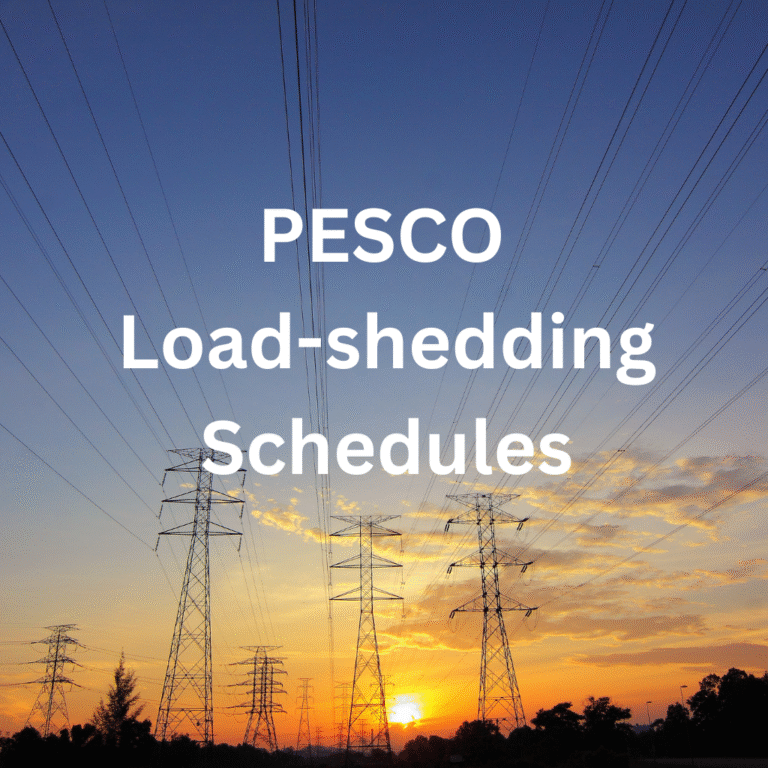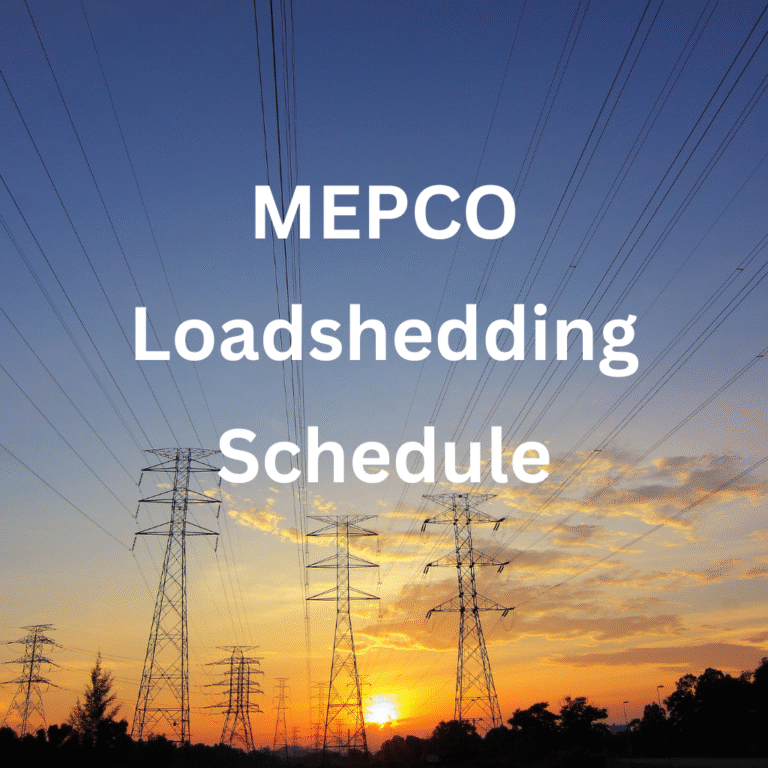
 1. Customer & Meter Info
1. Customer & Meter Info
Customer details: Name, address, account/reference number, billing month, due date.
Meter info: Meter number, sanctioned/load connection details, current and previous meter readings.
This section confirms your identity and whether meter readings are accurate and timely
 2. Units Consumed & Slab/TOU Rate
2. Units Consumed & Slab/TOU Rate
Units consumed = Current reading − Previous reading — verify by checking your meter.
Consumption structure:
Single-phase uses slab-based billing (e.g., 0–50, 51–100 units, etc.).
3-phase/High-load often uses Time-of-Use (TOU): separate Peak & Off-Peak rates
 3. Energy Charges (Variable)
3. Energy Charges (Variable)
Slab rates (single-phase): Your units fall into rate brackets (e.g., up to 50 units @4 Rs/unit, 51–100 @14.59 Rs/unit, and so on)
TOU (3-phase): Different kWh rates for peak and off-peak hours—e.g., peak ~22 Rs, off-peak ~16 Rs.
 4. Fixed Charges & Meter Rent
4. Fixed Charges & Meter Rent
Fixed monthly charges: Vary by category—for domestic single-phase it’s typically ₨75, three-phase ₨150; commercial and others differ .
Meter rent/Service rent: Additional fixed monthly fee (e.g., meter rent ₨20)
 5. Government Taxes & Surcharges
5. Government Taxes & Surcharges
Fuel Price Adjustment (FPA): Fluctuating with fuel costs for power plants
Financing Cost (FC) surcharge: Fixed ~₨0.43/unit
Tariff Rationalization Surcharge (TRS): Bridges gap between NEPRA and Gov’t-set tariffs
Quarterly Tariff Adjustment: Appears every three months
General Sales Tax (GST): 17% of energy charges
TV Fee: ₨35/month, mandatory even without owning a TV
 6. Pro‑Rata & LS/EX Adjustments
6. Pro‑Rata & LS/EX Adjustments
If meter reading is not taken exactly at 30 days, MEPCO applies pro-rata. If delayed (>30 days), you get an LS (less supply) adjustment; if early (<30), it shows EX (excess supply)
 7. Bill Summary & Total Due
7. Bill Summary & Total Due
Final section displays a breakdown:
Energy (kWh) × slab/TOU rate
Fixed charges + meter rent + FPA + FC + TRS + QTA + GST + TV fee
= Total payable, along with due date and any deferred amount
 Rapid Checklist for Review
Rapid Checklist for Review
Verify current & previous meter readings match your meter.
Confirm units consumed align: (cur – prev) = billed units.
Check whether slab or TOU rates have been applied correctly.
Ensure all fixed and government charges are itemized.
Confirm LS/EX adjustments if relevant.
Add all components to match the final total due.
 Tips from Users
Tips from Users
“For 3‑phase meters… peak units are charged at around 48 Rs per unit and non‑peak at 41/unit. Single phase meters use slabs.”
“Slabs changed: now 250 units → 250 x rate of highest slab.”

Understanding Electricity Taxes
 Overview of Common Taxes & Charges
Overview of Common Taxes & Charges
| Charge | What It Is | Rate or Basis |
|---|---|---|
| Fuel Price Adjustment (FPA) | Reflects fuel cost differences over reference rate | Varies monthly (based on fuel & currency) |
| F.C. Surcharge (Financing Cost) | To service power sector debt | 0.43/kWh (exempt lifeline <100 units) |
| Quarterly Tariff Adjustment (QTA) | Catches up with tariff delays | 2.7–2.75/kWh (exempt lifeline) |
| Electricity Duty | Provincial tax | 1–1.5% of variable charges |
| PTV License Fee | Government TV fee | ₹35 (residential), ₹60 (commercial) |
| General Sales Tax (GST) | Federal sales tax on bills | 17% applied on total bill including surcharges |
| Income Tax | Withholding for non-filers | Varies by consumer class/bill amount |
| Extra Tax | For non-registered commercial/industrial | 5–17% on bill slabs |
| Further Tax | Non-filers without Sales Tax Registration | 3% flat, excludes domestic, agri, bulk, lighting |
| GST on FPA | GST applied on the FPA charge | 17% of FPA |
| Excise Duty on FPA | Small additional levy on FPA | 1–1.5% of FPA |
 Additional Details & Context
Additional Details & Context
-
Television Fee: Mandatory PTV fee even if no TV present
-
Debt Surcharges:
-
F.C. Surcharge 0.43/kWh goes toward debt servicing
-
Capacity Charges and surcharges may account for ~70% of consumer cost
-
-
Bill Tax Burden: Consumers often pay ~30–40% more than energy cost due to taxes.
 How to Spot These on Your Bill
How to Spot These on Your Bill
-
Energy Charges – per-unit cost (slabs or TOU).
-
FPA, QTA, FC Surcharge – itemized as fuel, quarterly, financing adjustments.
-
Electricity Duty – shown as a % on variable charges.
-
PTV Fee – flat Rs 35/60.
-
GST – 17% on subtotal before.
-
Income/Extra/Further Taxes – deducted individually, based on registration & filer status.
-
GST & ED on FPA – visible as separate lines.
 Why So Many Charges?
Why So Many Charges?
-
Debt Recovery: Capacity, financing, tariff shortfalls.
-
Fuel Cost Fluctuations: Passed on via FPA/QTA.
-
Government Revenue: Provincial duties, GST, license fees, income taxes from non-filers.
“A consumer pays 30 to 40 percent more than the actual cost of electricity under different heads.”
 Tips to Reduce Burden
Tips to Reduce Burden
-
Transition to solar/solar-battery systems to lower grid consumption & associated taxes
-
Register as an income tax filer and provide your STRN via PITC to avoid extra/further taxes.
-
Monitor monthly FPA trends—negative FPA (fuel cost drops) benefits your bi





